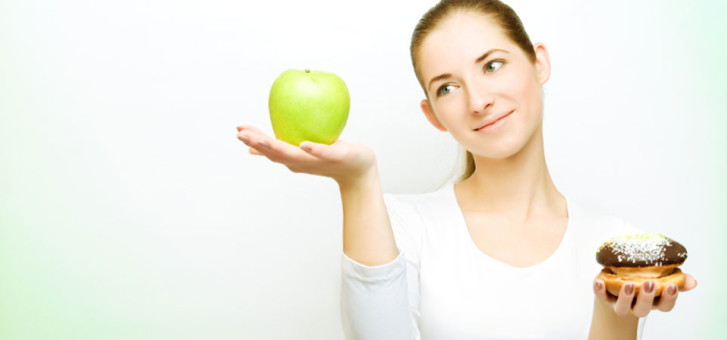Aboriginal meds
There has been a healing culture among Australia's indigenous people that probably dates back thousands of years. It has been researched only superficially, but it seems there is a huge number of medicinals out there, knowledge of which has now probably been largely lost. Just think, for example, of eucalyptus and tea-tree oil, widely used by many of us. Many people, including some doctors, believe nature holds the key to healing that has barely been tapped. Sick animals rest, drink water and chew up some weeds, and usually recover. And we must remember penicillin and many antibiotics came from natural moulds.
Balding
Many young guys in their 20s notice balding of the scalp. This is called malepattern baldness, which is inherited. Lots of young guys today shave the remaining bits off and look very smart and trendy. But keep it all protected from the sun.
Cranberry power
Cranberry is now widely recommended to help prevent urinary infections. The juice is OK, but by the time you ad sweetening and dilute the original berry, you would have to drink a lot to gain much benefit. Capsules are probably the best way to go. Cranberry is now an accepted form of preventive treatment.
Barley water was used way back, and this made urine mildly alkaline, which germs do not like. Acute infections usually respond quickly to certain antibiotics, often prescribed after a sample has been “cultured” to find the correct medication.
Drinking lots of water helps also.
Sore knees
Many remedies for continually painful knees are worth trying. These vary from the NSAIDs, and analgesics and rubs, to special injections, physiotherapy, magnets and all manner of interventions. But if everything fails, knee replacement (partial or full) therapy usually produces a satisfactory outcome. It may be the final bastion of hope, uncomfortable at the time, but a wonderful result for most.
Rib rage
A fractured rib can quickly occur with any sudden pressure, and leaning over backs of chairs and rails is a common cause. The ribs are very thin bones, encasing the lungs and helping respiration. They become thinner and more fragile with age. Pain is worse lying down, so best sit up at night on pillows for a while. Often the pain vanishes after 7-14 days. No treatment is needed for most, but sometimes X-ray imaging is helpful.
Gritty Eyes
Gritty eyes are common. It is worse on hot, dry, windy days, in air-conditioned premises or if looking at a TV or computer screen a lot. The eye's surface dries out, which is very irritating.
Apply liquid tears often. Gel forms last longer, but are a bit blurry and probably best used at bedtime. Avoid direct heat and draughts.
Sore spot on foot
Those who walk a lot often notice their foot becomes sore under the base of the big toe. The soles have a fat layer that gradually thins down, often noticeable in this part of the foot.
Walking shoes, or ones with adequate cushioning, may help. A podiatrist can assist in finding a pair to suit your feet. Good fitting footwear is essential.
Progesterone tablets
Although most women can take the oral contraceptive pill, it causes adverse side effects in others.
Some find a switch to the progesterone (mini) pill satisfactory. However, it must be taken every day, occasionally causes some bleeding irregularity.
Today there are many options for contraception, and most women soon find which method suits them best. Injections, rings, uterine inserts are all available, and new ideas still regularly surface.



